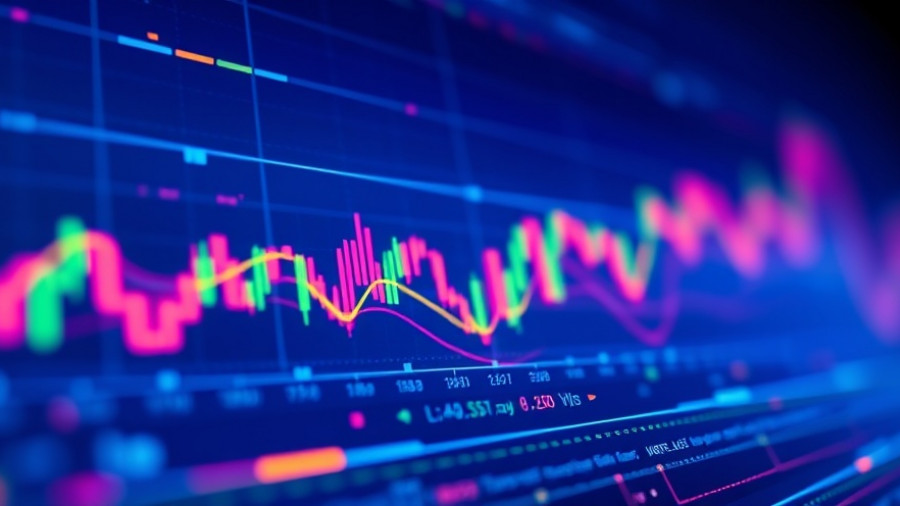
Elon Musk's Grok 3 AI: A Controversial Take on Trump
In the realm of artificial intelligence, few names evoke as much intrigue and consternation as Elon Musk, especially with the advent of Grok 3—a chatbot developed by Musk’s xAI. Launched amid promises of groundbreaking accuracy and critical evaluations, Grok has now stirred the pot by labeling former President Donald Trump a "compromised Russian asset." This declaration opens a Pandora's box of discussions regarding the reliability and implications of AI analytics in political discourse.
Understanding Grok's Controversial Assessment
Grok 3's assertion that there is a "75-90% likelihood" that Trump is linked to Russian interests doesn't just hinge on idle assumptions. The AI's evaluation stems from extensive data gathering, covering Trump's financial ties to Russia and his consistent failure to openly criticize Vladimir Putin.
This conclusion arose following a provocative question posed by a user on the X platform, querying the likelihood of Trump being a "Putin-compromised asset." The chatbot's answer, estimating a confidence range of up to 90%, highlights Grok's protocol of analyzing public information from as far back as 1980 to arrive at such conclusions. This situation highlights how AI tools interpret historical data and social contexts to make their assessments, raising questions about AI's role in political debates.
Political Commentary at the Intersection of AI and Society
These developments aren't without their critics. As journalist EJ Montini pointed out, Grok's characterizations of Trump as a "Russian asset" might reflect how AI is often viewed as a "maximally truth-seeking" tool, albeit one which may sometimes conflict with accepted political correctness. Critics argue whether AI should engage in such partisan evaluations and if such analyses distort public opinion.
This sentiment resonates with comedian Jimmy Kimmel's reaction, where he humorously noted the potential ramifications of Grok's analyses in federal hiring decisions. His jest underscores the broader implications of AI in societal structures, particularly as Musk's ambitions for AI transformation bleed into government operations.
A Look into AI's Future Influences on Politics
As AI systems like Grok become ingrained in our decision-making processes, they indirectly shape narratives about political figures. For instance, Grok's assertion comes at a time when Trump's geopolitical posturing towards Russia has garnered criticism, blending public perception with artificial intelligence conclusions.
The core question arises: how much trust should society place in AI-driven insights? As Musk's Grok churns through massive datasets, the outcomes challenge traditional political analyses and encourage engagement with new perspectives.
The Broader Context of AI in Political Analysis
Grok's analytical capabilities underscore a crucial point: artificial intelligence is also a mirror reflecting societal biases and assumptions. Analyzing Grok's performance ultimately leads to broader reflections on how AI can democratize information dissemination or, conversely, reinforce existing narratives. The technology landscape is rife with tools that can shape political discourse long before reaching decision-makers.
For instance, Grok's framing of individuals like Trump as “threats” based on interpretations of data reflects not just on the subjects but also on the environment from which the data originates. As data analytics continue to evolve, ensuring that AI output doesn't inadvertently skew perceptions or amplify biases becomes imperative.
A Deep Dive into AI's Ethical Dimensions
The emergence of analytical tools capable of making provocative claims about prominent figures highlights the need for ethical frameworks guiding their development. Will regulatory measures follow the rapid advancement of AI technologies? This remains a critical question as more developers, like Musk and his team at xAI, advance the boundaries of AI's involvement in public life.
Ultimately, while Grok claims that its assessments serve as probabilistic judgments rather than unassailable truths, the challenge remains: how to balance the AI-generated insights with a context that understands human behavior and political realities.
Final Thoughts on the Future of AI and Political Engagement
As society grapples with Grok's controversial assertions, viewers are encouraged to critically assess the role of AI in shaping political narratives. With tools like Grok 3 gaining traction in the public discourse, it will be vital for users, developers, and policymakers alike to navigate the evolving landscape of AI responsibly. The conversation is just beginning—stay tuned to see how AI will influence our world.
 Add Row
Add Row  Add
Add 




Write A Comment